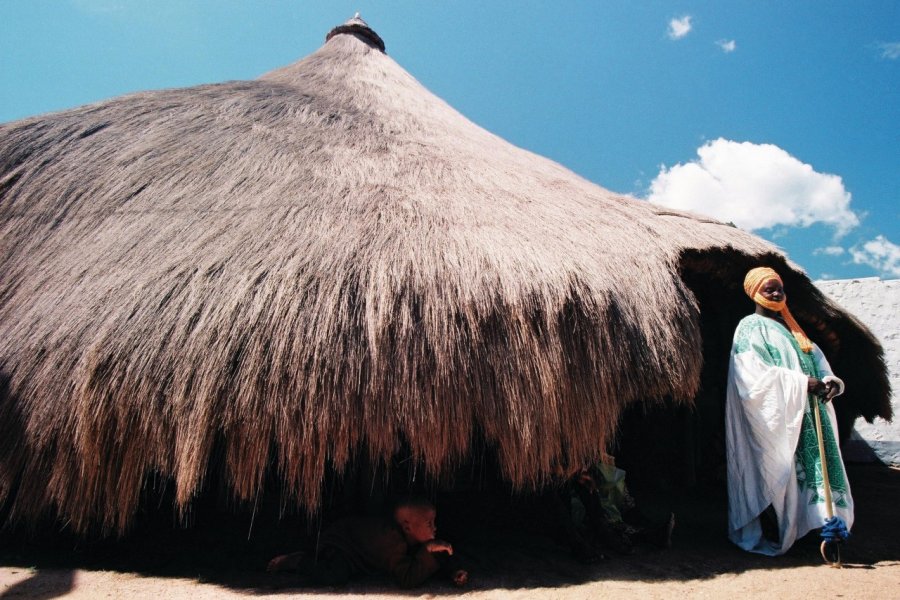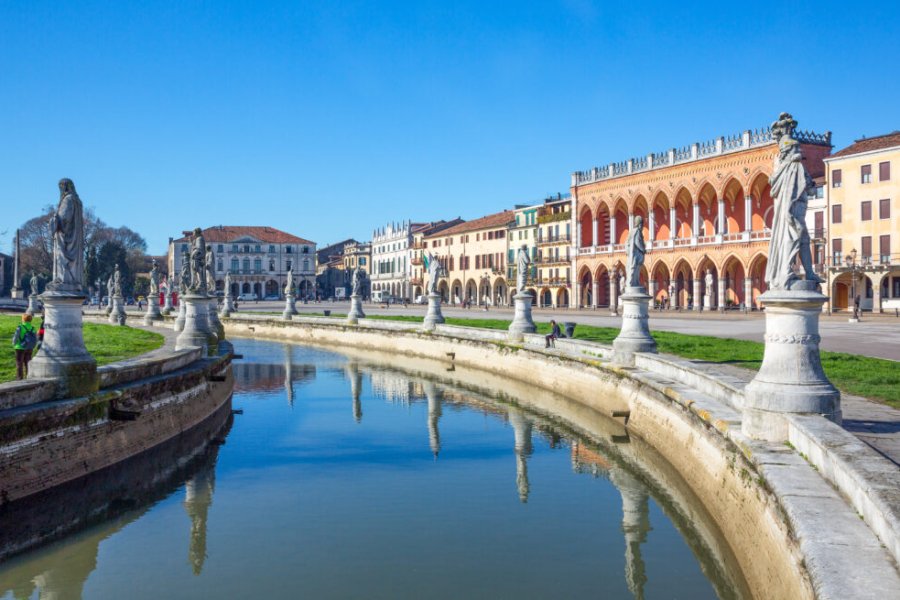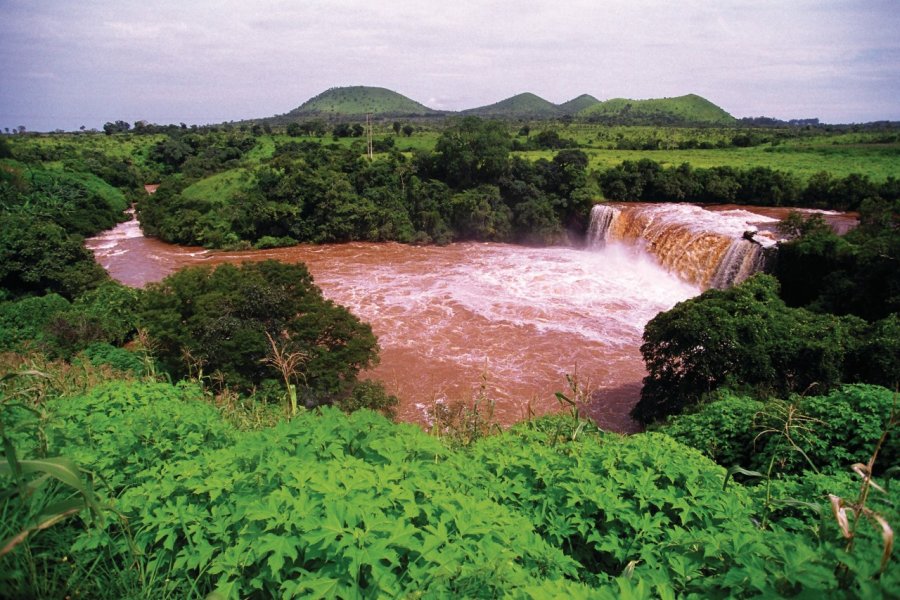Travel Guide Ngaoundéré
Find an accommodation
Advertising
Ngaoundéré, literally "navel mountain", takes its name from a nearby hill to the south of the town, topped by a sort of bare ball. It's a composition of the Mboum words "ngowoun" and "deré", meaning mountain and navel respectively. The town, situated at an altitude of 1,100 m, was founded around 1830 by the Foulbé (or Peuls), on the site of an ancient Mboum village. Ngaoundéré (often abbreviated to Ndéré), a Muslim town, is organized around a rather curious urban landscape, which gives it the appearance of a large village: indeed, the traditional districts, organized around the large local families, are made up of a multitude of narrow lanes and sarés, with their round huts with conical roofs, made of straw and descending very close to the ground. Once sheltered behind moats and walls, the town grew up around the Lamido's palace, one of the great local attractions. In the administrative quarters and the Plateau district, in addition to the Friday market, pharaonic buildings have sprung up, including those of the city's richest man and his relatives, proof that not everyone has suffered from the economic crisis of the 1990s. Ngaoundéré is more than just a crossroads between the northern and central provinces; it's also a stopover on the way to Garoua and Maroua in the north, or to Yaoundé in the south.Ngaoundéré's railway station is a hive of activity for the transit of consumer goods. The main products of this region are bananas, pineapples and other fruits arriving from the south of the country, along with many other products such as manioc, rice etc... Cotton from the north and Chad, and livestock from Adamaoua to the south, also pass through here.Finally, there are all kinds of passengers from the north to the major centers of the center and south, and vice versa, who stop off in Ngaoundéré to have a bite to eat before setting off again.All the necessary services are available: small shops, service stations, garages and bus companies. The completion in the mid-1970s of the Transcamerounais railroad line, which terminates in Ngaoundéré, has profoundly changed the life of this previously isolated and quiet town.
What to visit Ngaoundéré?
Advertising
Weather at the moment
Advertising
Organize your trip with our partners Ngaoundéré
Transportation
Book your plane tickets
Car Rental
Boat rental
Accommodation & stays
Find a hotel
Holiday rental
Find your campsite
Tailor-made trip
Immersion travel
Services / On site
Activities & visits
Find a doctor













